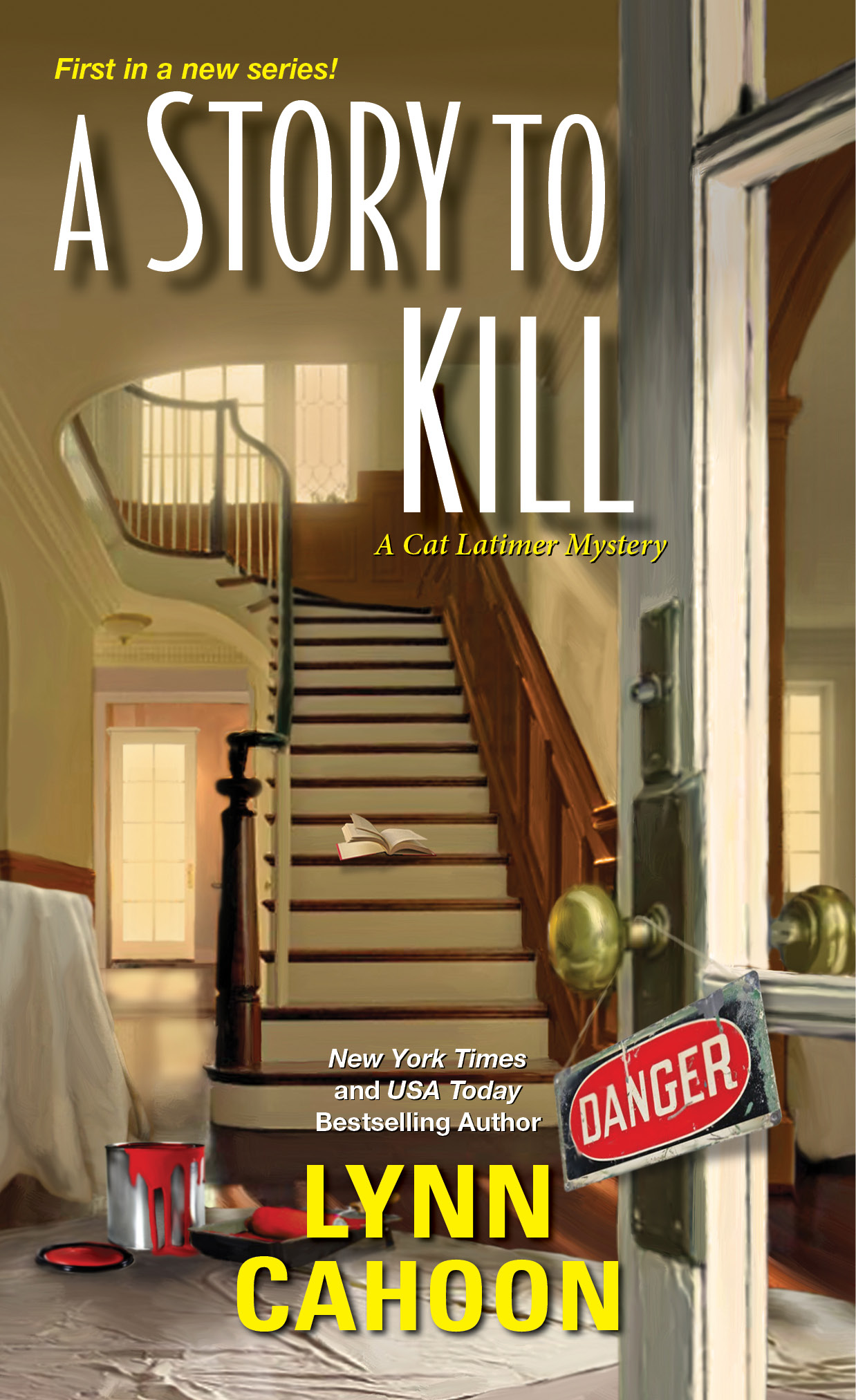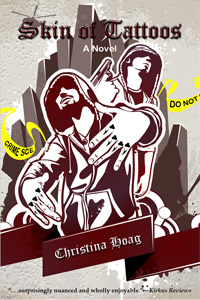

August 29 – September 4: “Do thriller writers have a responsibility not to put ideas into the heads of would-be criminals?”
 This week we’re joined by ITW Members Lynn Cahoon, Michael Byars Lewis and Christina Hoag to answer the question: Do thriller writers have a responsibility not to put ideas into the heads of would-be criminals?
This week we’re joined by ITW Members Lynn Cahoon, Michael Byars Lewis and Christina Hoag to answer the question: Do thriller writers have a responsibility not to put ideas into the heads of would-be criminals?
~~~~~
 Lynn Cahoon is the author of the New York Times and USA Today bestselling Tourist Trap cozy mystery series. Guidebook to Murder, book 1 of the series won the Reader’s Crown for Mystery Fiction in 2015. She’s also the author of the soon to be released, Cat Latimer series, with the first book, A STORY TO KILL, releasing in mass market paperback September 2016. She lives in a small town like the ones she loves to write about with her husband and two fur babies.
Lynn Cahoon is the author of the New York Times and USA Today bestselling Tourist Trap cozy mystery series. Guidebook to Murder, book 1 of the series won the Reader’s Crown for Mystery Fiction in 2015. She’s also the author of the soon to be released, Cat Latimer series, with the first book, A STORY TO KILL, releasing in mass market paperback September 2016. She lives in a small town like the ones she loves to write about with her husband and two fur babies.
 Michael Byars Lewis, is a former AC-130U ‘Spooky’ Gunship Evaluator Pilot with 18 years in Air Force Special Operations Command. A 25-year Air Force pilot, he has flown special operations combat missions in Bosnia, Iraq, and Afghanistan. His first novel, SURLY BONDS, won three awards and his second novel, VEIL OF DECEPTION, has won four awards.
Michael Byars Lewis, is a former AC-130U ‘Spooky’ Gunship Evaluator Pilot with 18 years in Air Force Special Operations Command. A 25-year Air Force pilot, he has flown special operations combat missions in Bosnia, Iraq, and Afghanistan. His first novel, SURLY BONDS, won three awards and his second novel, VEIL OF DECEPTION, has won four awards.
 Christina Hoag is the author of Skin of Tattoos, a literary thriller set in L.A.’s gang underworld (Martin Brown, August 2016) and Girl on the Brink, a YA romantic thriller (Fire and Ice YA, August 2016). She also co-authored Peace in the Hood: Working with Gang Members to End the Violence (Turner, 2014). Previously, she was a reporter for the Associated Press and Miami Herald and worked as a correspondent in Latin America writing for major media outlets including Time, Business Week, Financial Times and The New York Times.
Christina Hoag is the author of Skin of Tattoos, a literary thriller set in L.A.’s gang underworld (Martin Brown, August 2016) and Girl on the Brink, a YA romantic thriller (Fire and Ice YA, August 2016). She also co-authored Peace in the Hood: Working with Gang Members to End the Violence (Turner, 2014). Previously, she was a reporter for the Associated Press and Miami Herald and worked as a correspondent in Latin America writing for major media outlets including Time, Business Week, Financial Times and The New York Times.
- LAST GIRL MISSING with K.L. Murphy - July 25, 2024
- CHILD OF DUST with Yigal Zur - July 25, 2024
- THE RAVENWOOD CONSPIRACY with Michael Siverling - July 19, 2024
